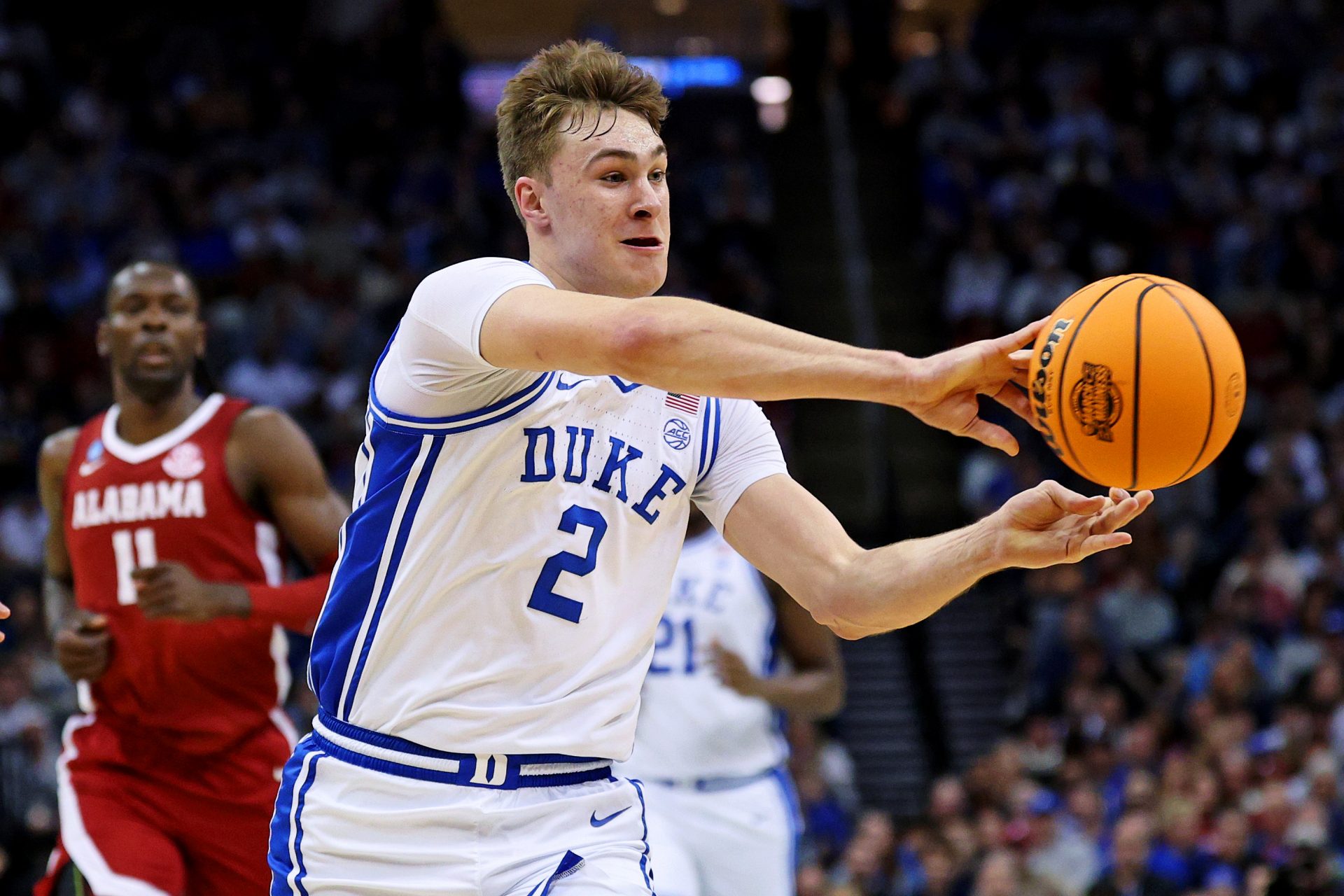The 2025 NBA Draft is shaping up to be one of the most unusual in recent history, not because of who declared, but because of who didn’t. According to the NBA, just 106 players declared as early entry candidates for the 2025 draft, the lowest number since 2015.
For comparison, the league received a whopping 363 early entry declarations in 2021. Even more telling, only 73 of those candidates played college basketball last season.
NIL, Revenue Sharing, and a New Era: Why College Stars Are Turning Down the NBA
So, what’s behind this sudden drop? The answer is becoming increasingly clear: top college athletes are choosing to stay in school and make more money doing it.
The driving force behind this dramatic shift is the Name, Image, and Likeness (NIL) era. NCAA athletes are now able to sign sponsorship deals, monetize social media platforms, and earn significant revenue through partnerships, endorsements, and appearances, all while staying in school.
Only 106 players entered the 2025 NBA Draft, per the NBA. That’s the lowest number of early-entrants since 2015, down from a peak of 363 in 2021, just before the NCAA’s NIL era officially started.
Incredible boon for college basketball to retain so much talent. pic.twitter.com/SSnXEqMrRJ
— Jonathan Givony (@DraftExpress) April 29, 2025
For some elite athletes, these opportunities rival or even exceed the financial incentives of being a late second-round NBA pick or signing a two-way contract. Rather than face uncertain minutes and unguaranteed money in the NBA or G League, athletes can earn six to seven figures and become household names on the college stage.
NIL collectives across top programs have made it a priority to retain stars and keep teams competitive. Players now have real leverage, making staying in college a financially strategic move, not a fallback.
While one-and-done talents like Cooper Flagg, Dylan Harper, and Tre Johnson continue to generate buzz, the NCAA is seeing a resurgence in experienced, veteran players. This new breed of college stars is opting to use their remaining eligibility to sharpen their skills, build their brands, and win at the collegiate level.
The NCAA landscape now favors continuity. Thanks to the transfer portal and increased player empowerment, top athletes can switch schools, find better fits, and maximize their value, on and off the court.
For players on the fringe of the first round or unlikely to be drafted, staying in school no longer means delaying a paycheck. It means continuing to earn while improving their stock for a future draft or overseas contract.
Looking ahead, the conversation is expanding beyond NIL. With court rulings and proposed legislation, revenue sharing between schools and athletes could become the next major shift in college athletics.
That means even more financial motivation for stars to stay on campus and compete for championships, rather than jumping to the pros prematurely.
KEEP READING: Kansas State Spending a Rumored $1 Million To Sign 18-Year-Old Serbian Guard Andrej Kostic
The 2025 NBA Draft numbers are more than just statistics, they’re a reflection of a new reality in college basketball. As NIL opportunities grow and revenue models evolve, staying in school has never looked better.
For top college athletes, the million-dollar question isn’t “When should I go pro?” anymore, it’s “How much can I build my brand before I do?”
College Sports Network has you covered with the latest news, analysis, insights, and trending stories in college football, men’s college basketball, women’s college basketball, and college baseball!


